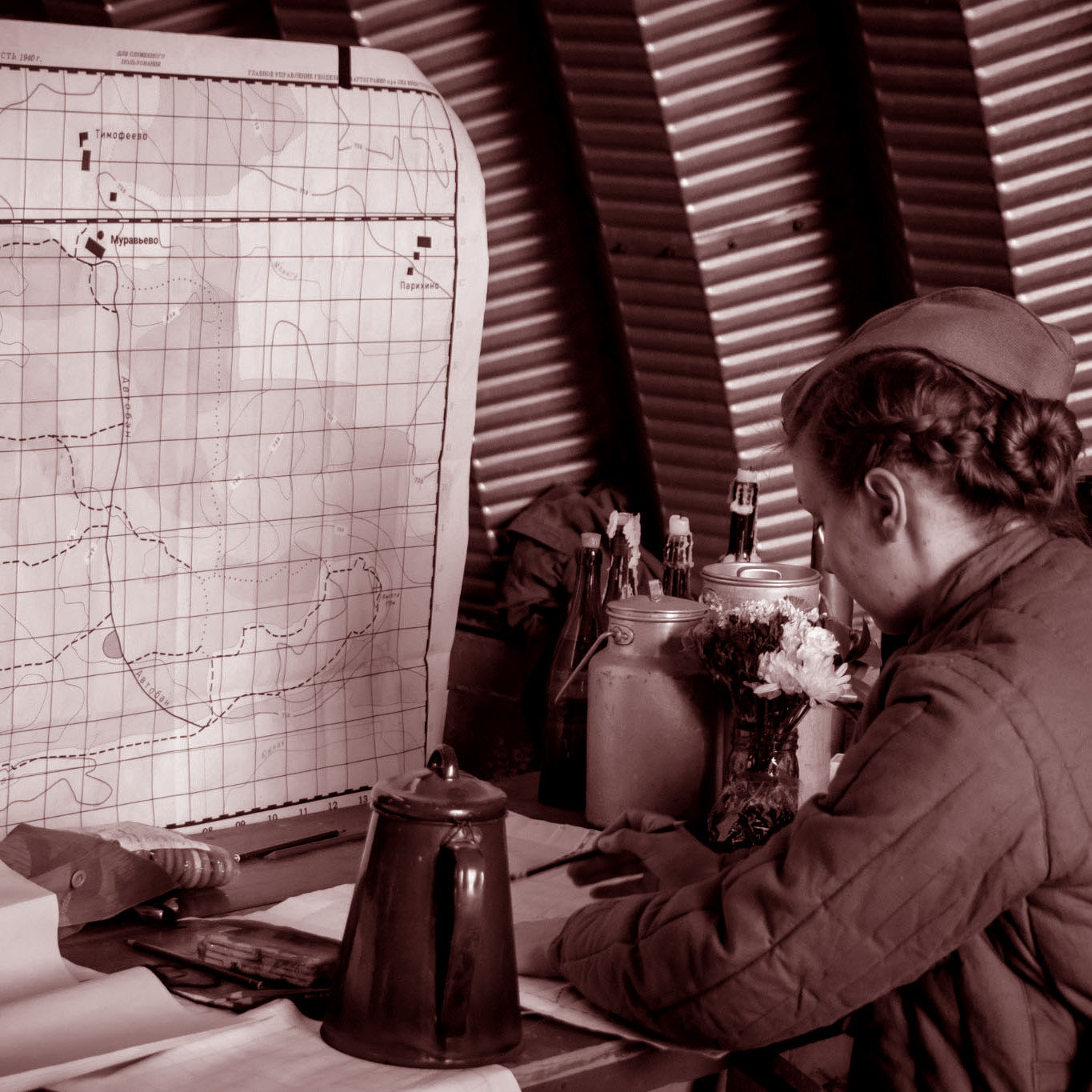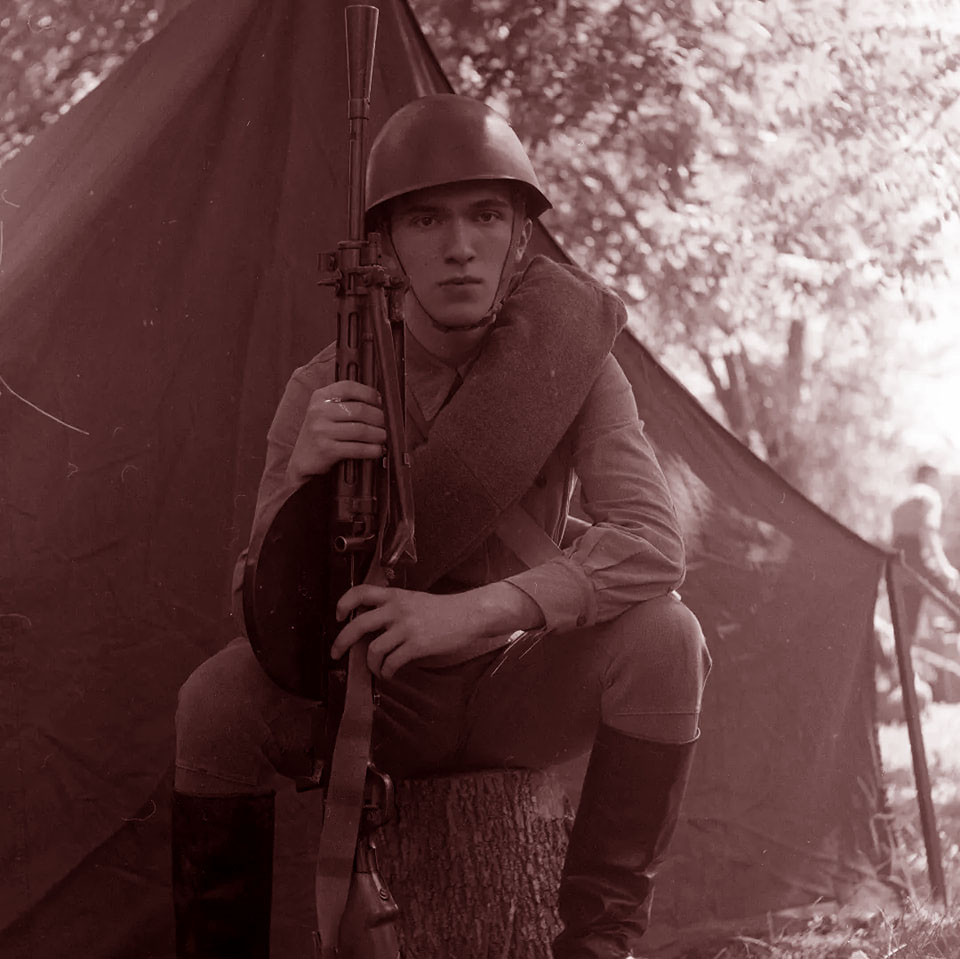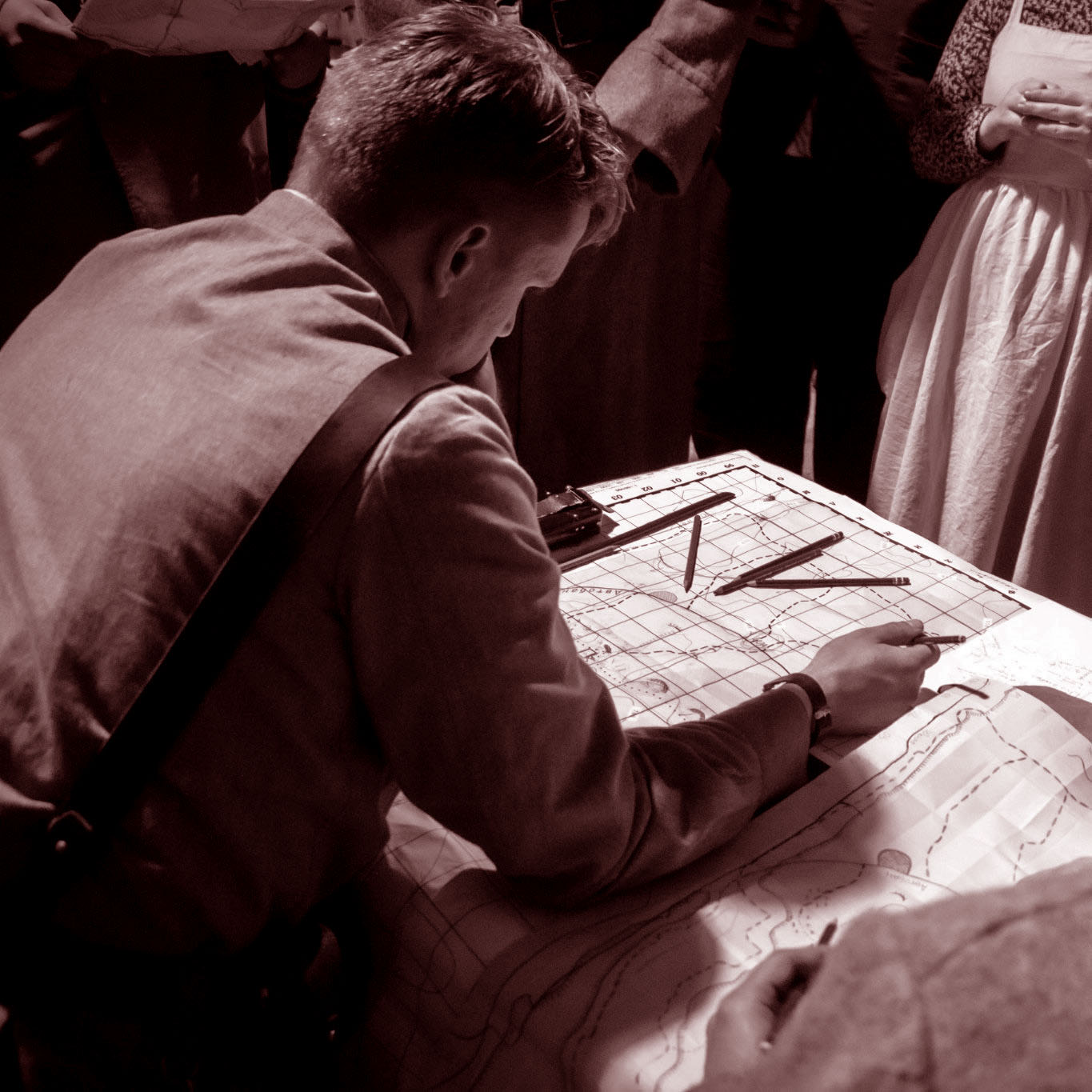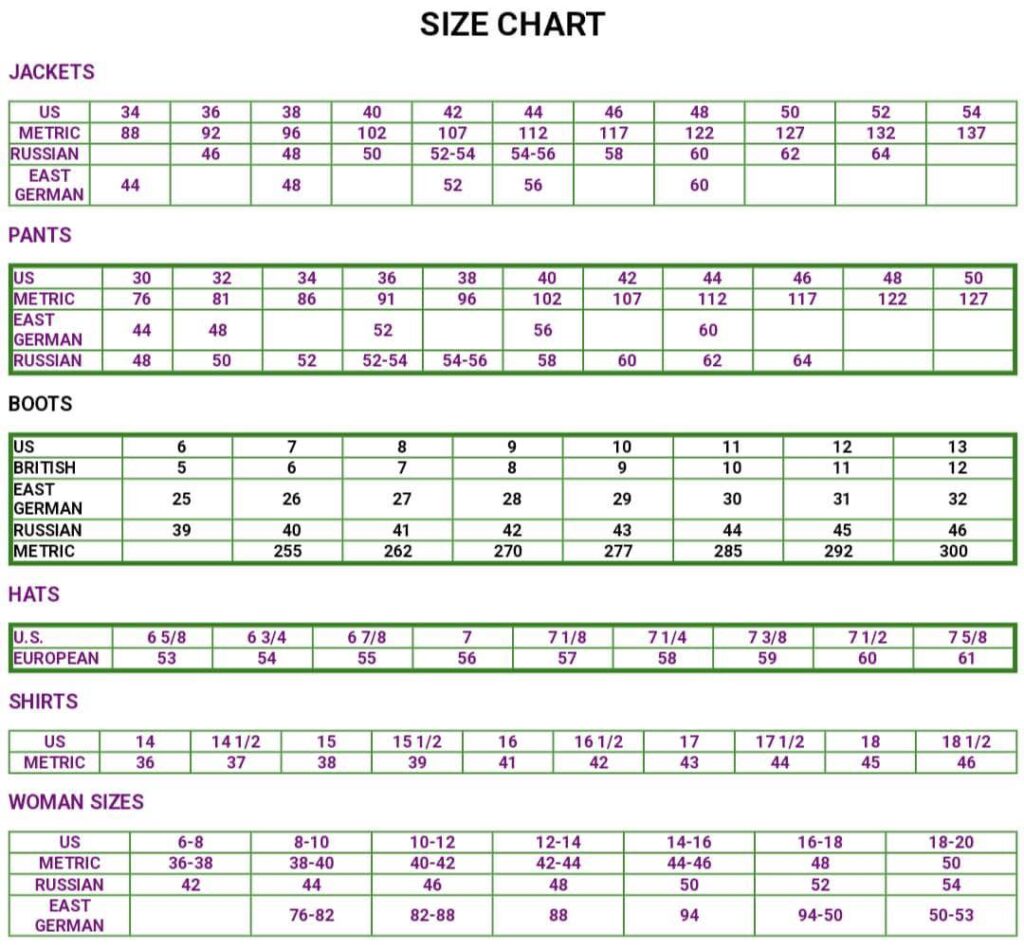Getting Started
Welcome to Club Istochnik’s Reenacting webpage! If you would like to know more about us visit our About page. This site is for both those who are new to reenacting and those who already have multiple impressions and want to learn more. If you are new to Soviet reenacting and are eager to learn more or start your own impression check out some of the FAQ’s below. – BootSpoon
What we have to offer
-Check out our content below-
Check out some footage -here-
Check out some footage -here-
New Soviet Reenactor FAQs
Similar to other reenactment groups across different historical eras there are many Soviet reenactment groups across the United States and Europe. Facebook is a good place to start to find units on top of local events. You can visit our reenacting Facebook page here.
There are other things to consider, too. If you are just getting into reenacting, don’t join the first unit you meet. There are several factors you should take into account when choosing a unit.
Locale:
How far away are the events your unit attends? If most of the members live within a couple hours drive, and most of the events are in the same general area, that’s a good thing. If you end up having to drive over 5-6 hours each way to an event for every event, you may want to try and find a unit that’s more locally based. There are reenacting events all across the country, so there are plenty to chose from to attend.
Era of impression:
For Soviet reenacting there isn’t a big difference between “elite” vs regular infantry units as you see with German impressions (SS, Fallschirmjager, Gebirgsjager, or just regular army). The difference for Soviet reenactment groups is the era of the war they portray. Some units prefer to do mostly late war, while others choose to do early war, and others cover the entire war and pre-war conflicts. There are also some groups that focus on naval infantry or even airborne, so it is up to you to decide which unit you want to join based on the impressions you find the most interesting.
Focus and Authenticity:
A question you will find asking yourself is how seriously does the unit take authenticity, and what kind of experience do you want to have. Some units have very strict standards on what is and isn’t allowed, others do not. For example, our group, Istochnik has strict and high standards for our big yearly immersion event we participate in. Building off of that, another question to ask is what is the general focus of the unit? Do they prefer public events, tacticals, or more hardcore immersion campaigner-style events? This unit focus ties in with the earlier points covered in Era of Impression.
Before purchasing anything, we highly recommend that you try out the impression with a loaner uniform and equipment to see if it is something you want to continue doing. Most units will have plenty of loaner gear for new members to try out the impression.
Once you have decided to buy your own set of gear, your unit should know what gear is of good quality and where to get it at a good price. Don’t try to get the cheapest stuff to save money because you might just end up sacrificing quality. It can get expensive, but it can be done properly and correctly on a budget. The best thing to do is to find out exactly what you need, and see what option is best for each uniform, piece of gear, and equipment. Check out our impression guides to get basic info on what you will need. You will save money in the long run buying the better (more expensive) sets of boots, uniforms, and gear that is available.
We recommend buying from the following vendors for uniforms:
Voin, they are a vendor based in Ukraine, and we often do group orders from them. There is the Leningrad Tailor who makes civilian clothes as well as RKKA uniforms and is based in the US. Voenspec and Schusters are also good vendors for uniforms and alike.
We recommend buying gear and equipment from the following vendors:
Red Guard Militaria on Facebook has a wide variety of gear and equipment for a stateside option. Voin, Schusters, and Voenspec also all offer a wide variety of field gear. Leningrad Restorations Workshop restores original Soviet canteens and mess kits and are excellent quality.
For pilotkas we recommend The Other Hat Guy , Leningrad Hat Maker, and Voin. For ushankas we highly recommend The Other Hat Guy on Facebook.
See our articles, Beginner’s Guide to Istochnik and 70th Guards Impression Guide if you want to see more in-depth information on putting together your first Soviet impression.
Initially, you should look to your unit or reenactment group regarding research. Most basic questions should be easily answerable by someone in your group. An established group will likely have a wide variety of research information available, whether that be articles, documents, photos, or first hand accounts.
For other impressions such as GI, there is much more information that is easily accessible here in the United States. There are plenty of books, photos, and veteran accounts. These same resources are still available for Soviet reenacting, but there are certainly not as many in the United States as there are in Europe.
If you choose to do your own research on the topic, we recommend using Yandex, which is the Russian version of Google. Using Google Translate and pasting your search terms in Russian on Yandex will yield you many more results than just using a regular Google search in English. The following are excellent websites we highly encourage you use: Iremember.ru Waralbum.ru Rkka.ru
Typically, there are two types of events in historical reenacting: public and private events. Public events are normally hosted by museums or parks, and they generally have living history displays for the public to come and explore. They start on Saturday mornings and end Sunday afternoon. Some public events start earlier on Friday or Thursday for their school days. There will usually be multiple battles over the course of these events. These are the majority of events you will see, and it is not uncommon to attend five or more public events per year depending on where you live. Private events are exclusive to reenactors. They can be as simple as a hangout, more combat focused like at tacticals, or primarily focused on immersion. Your unit will most likely have a pre-determined list of events they attend each year.
What is a tactical event?
Tacticals are events that are generally closed to the public. The main focus of these types of events is having a “realistic” battle or scenario. Tacticals are generally day-long events and take place on weekends similar to public events. They open on Fridays, with the event beginning, or “going hot,” on Saturday morning following a safety and authenticity inspection. Some events may have barracks, meals, and other options associated with the event. They can range from $10 to $50 for registration. Your unit will be able to answer any questions about local or popular tactical events they have attended before or are hosted by other units they know.
What is an immersion event?
These are a type of tactical event, but tend to focus more heavily on daily soldier life on the front lines instead of just solely combat. Combat can still a big part of these events, but it is typically not the main focus. These events tend to be far more hardcore and labor-intensive since you may be digging trenches, building barricades, or cooking food. A common question asked about these events are — how do you know if you’ve been shot or hit? This is usually done on the honor system. If you see a muzzle flash from someone who is clearly aimed at you, take a hit. Some immersion events will have different regulations on how to take hits, like a wound card system, or the honor system mentioned above. These events tend to have a more expensive registration fee since a lot more work and effort is put into them in order to provide for the reenactors attending. They usually cost around $40 to attend.





